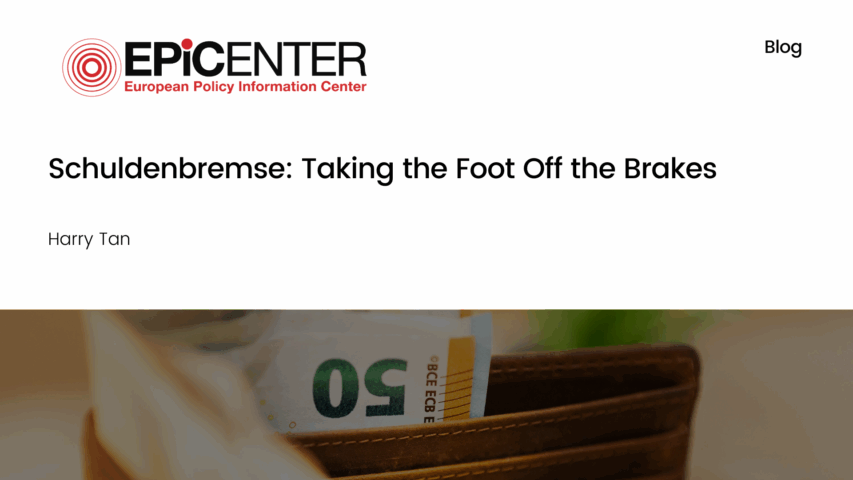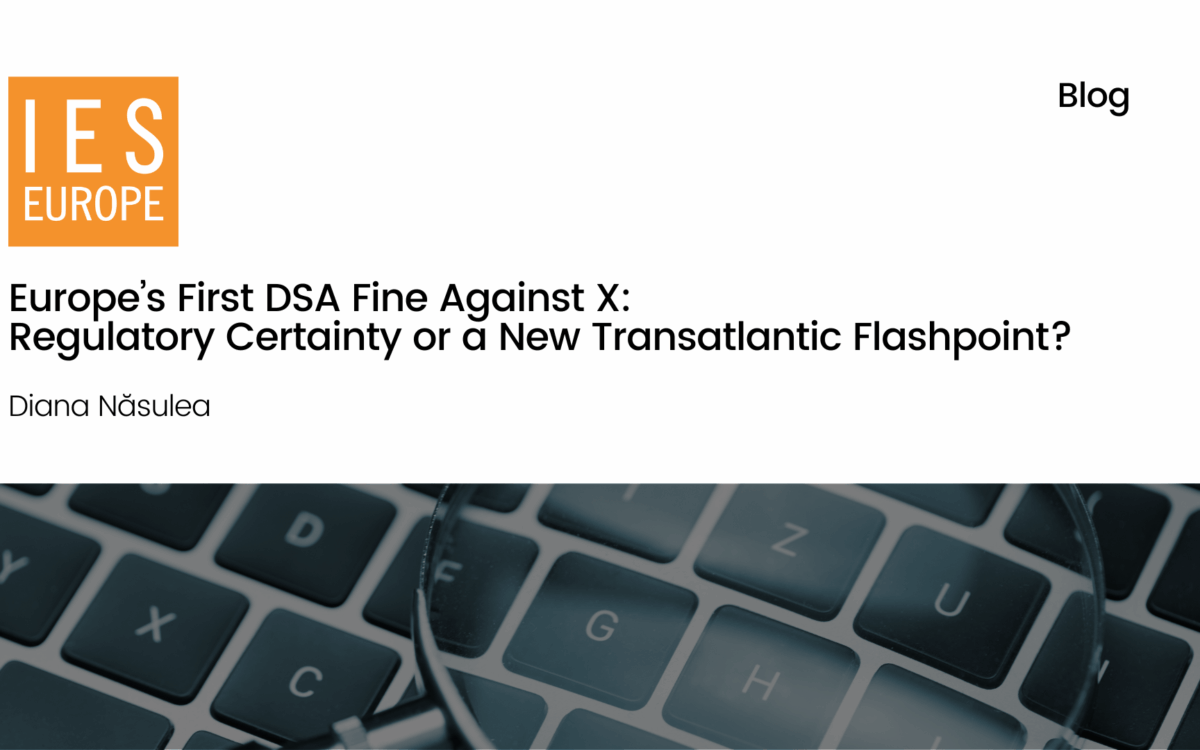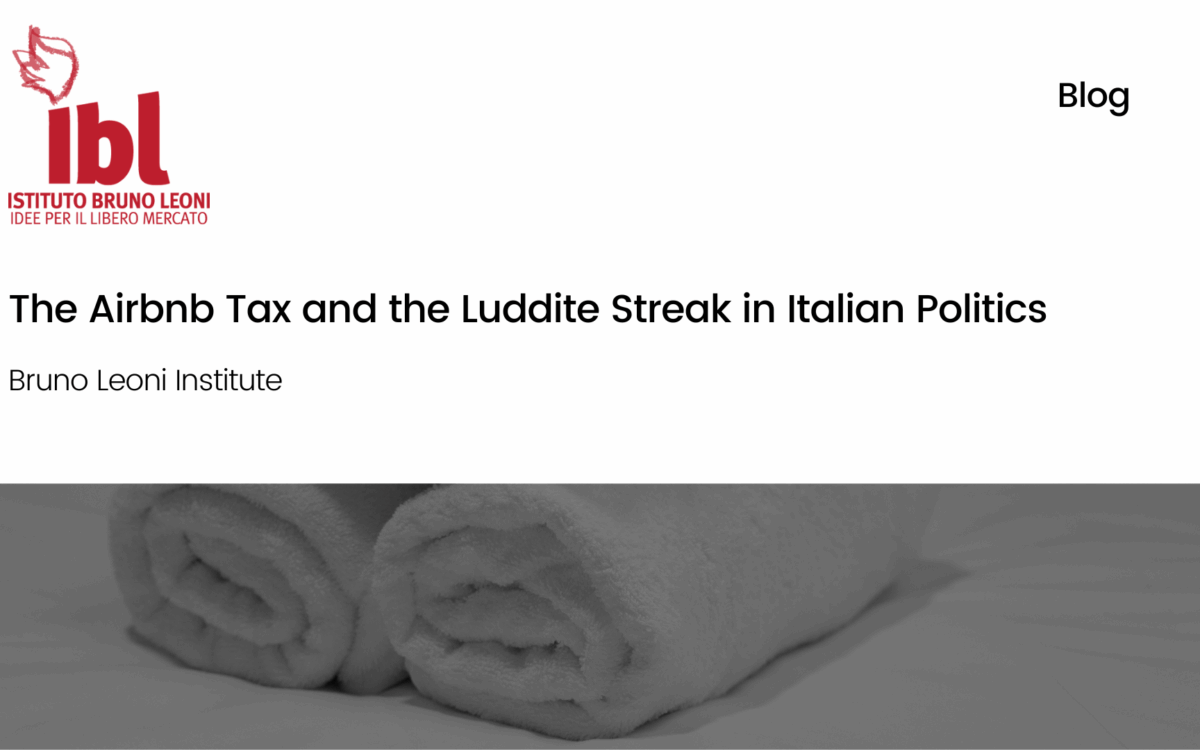Schuldenbremse: Taking the Foot Off the Brakes

Schuldenbremse: Taking the Foot Off the Brakes
Harry Tan // 06 June 2025
In March, the incoming German coalition government led by Friedrich Merz from the right-leaning CDU/CSU – the Christian Democratic Union of Germany and the Christian Social Union based in Bavaria – worked with the SPD (Social Democratic Party) and the Greens to pass a historic legislative measure, loosening the stringent rules surrounding the country’s ‘debt brake’ constitutional amendment, known as the Schuldenbremse.
The new investment plan permits Germany to take on new debt to finance expenditure on defence, cybersecurity, intelligence, and civil protection exceeding 1 per cent of the GDP, while earmarking €500 billion ($540 billion) for its special infrastructure investment fund and €100 billion ($109 billion) for climate initiatives.
This move is historic, because it was the CDU/CSU that introduced the Schuldenbremse in the wake of the 2008 financial crisis, which limited the structural deficit of the German federal budget to 0.35 per cent of its GDP. At the time, policymakers defended the move, claiming that Germany’s fiscal house had to be brought in order by focusing on long-term policy planning rather than short-term fiscal stimuli for political gain. Since 2020, state and local governments have been barred from incurring debt to finance expenditures.
Now, Merz, alongside the SPD and the Greens, characterise this reform as one necessitated by the Russia–Ukraine conflict, growing US demands for Germany to increase its defence spending, and the impacts of a decade of underinvestment in infrastructure, as exemplified by the decline in the Deutsche Bahn’s standards.
Following this move, medium- to long-term forecasts of German government bond yields rose to over 3 per cent, the highest in 16 years, signalling a broader shift in the way the German government works.
Germany is the progenitor of ordoliberalism, which views free markets as critical, while the state acts as a guardian of last resort for the destitute and as a general regulator. However, this easing off on the Schuldenbremse could mark a significant shift away from that ethos towards a more dirigiste, industrial policy–focused approach that more closely mirrors Gaullism than former chancellor Ludwig Erhard’s ordoliberal Wirtschaftswunder economic policies.
The amounts that Merz and the Bundestag agreed to are not small. The estimated size of the investment stimulus is expected to be around 14 per cent of Germany’s €4.21 trillion (US$4.6 trillion) economy. And while there is limited information about when the funds will be disbursed, there is a danger that Germany may increasingly take the same path as China, where slowing growth due to an imbalanced, overly industry-heavy, and export-reliant economy leads to governments embarking on a never-ending cycle of public investments that yield diminishing returns.
The European Central Bank (ECB), the Deutsche Bundesbank, and a range of mainstream economists have praised Merz’s move as sensible, citing Germany’s comparatively low rate of public-sector investment in the economy (around 2.6 per cent compared to the 3.5 per cent in neighbouring Eurozone economies) and crumbling infrastructure. However, while investment in crumbling infrastructure may indeed be needed, these narratives forget the importance of private investment.
Private investment in the German economy has been significantly higher, at around 20 per cent of the GDP, than public investment. This figure is similar to the 23 per cent of France and the 22 per cent of the US. However, what sets Germany apart from France, the UK, and the US is that German companies have far less debt than their foreign counterparts. Germany’s corporate debt levels stand at around 68.8 per cent of the GDP, versus 77 per cent in the US and around 150 per cent in France.
This shows that German companies have the fiscal space to make the necessary investments to take Germany forward, which means that the state need not necessarily move first to mobilise capital. At best, the state should determine the direction of investment and plan to transition away from an overreliance on heavy industry to other sectors such as light manufacturing, services, and consumer goods.
The problem with celebrating the relaxation of the Schuldenbremse is simple. It unlocks politically driven ‘pork barrel’ spending, as seen with the additional €100 billion ($113 billion) in climate investment that was allocated just to get political support from the Greens. Given that this has already begun, even before actual funds are disbursed, it would not be a stretch to expect more pork barrel projects to take advantage of this new trough of government spending.
In addition, given the notoriety of German bureaucracy even without pork barrel spending, it is unlikely that government investments will be as efficient or effective as private-sector investments.
Fundamentally, the German ‘debt brake’ problem marks the zeitgeist of our times. It is the political rejection of market-oriented reforms that seek to improve the price signal, reduce information asymmetry, and clear the field of excessive obstacles. Instead, politicians are pandering to voters’ and mainstream economists’ demand for easy solutions, premised upon kicking the can down the road for the next generation to manage. Borrow now for the future, they say – and that line will continue to be repeated by many governments to come. Germany held the line for a decade with the Schuldenbremse, which ensured that it had the stable public finances it required to weather the Covid-19 pandemic with limited financial strain. Going forward, when the relaxation becomes a full opening of the floodgates, the next crisis will not be as kind to Germany’s finances. Confidence in its economy will falter.
Harry Tan is an Intern at the Institute of Economic Affairs.
EPICENTER publications and contributions from our member think tanks are designed to promote the discussion of economic issues and the role of markets in solving economic and social problems. As with all EPICENTER publications, the views expressed here are those of the author and not EPICENTER or its member think tanks (which have no corporate view).



